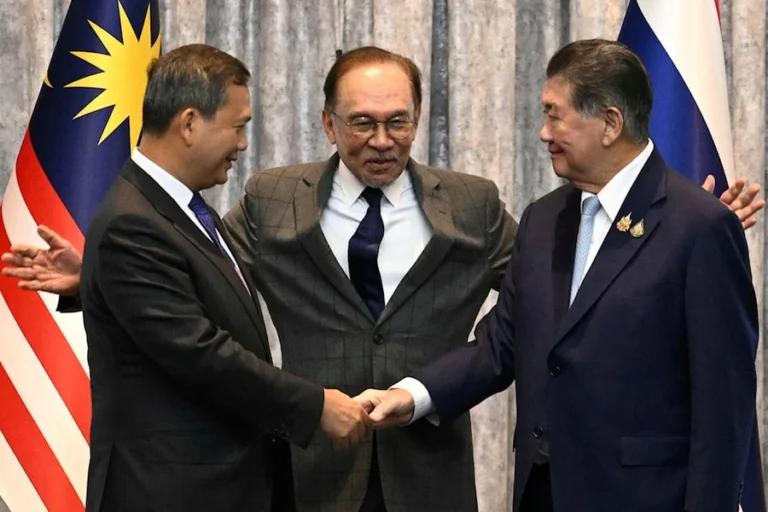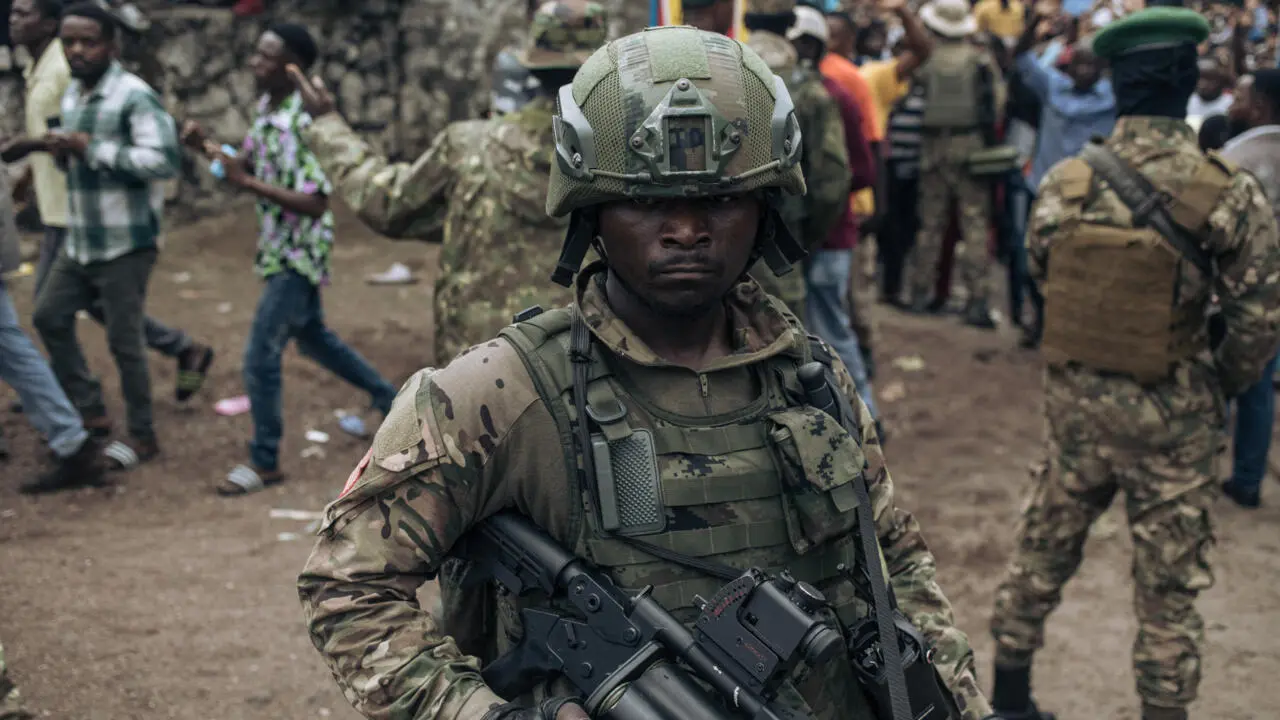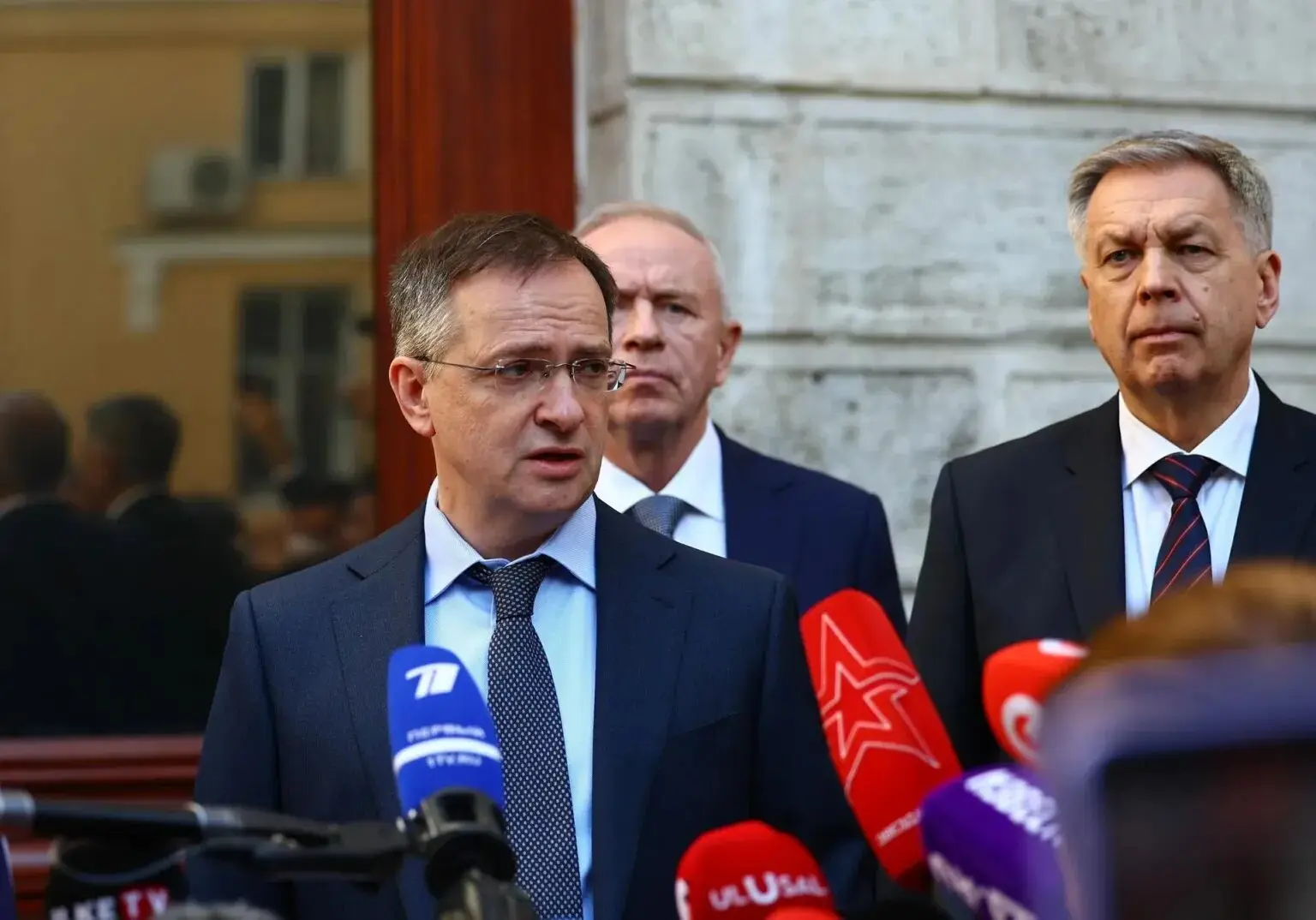Fragile Ceasefire Between Thailand and Cambodia Faces First Test
After five days of deadly clashes, Thailand and Cambodia announced a ceasefire—but conflicting reports raise new concerns about the truce’s future.

Displaced families near the Thai-Cambodian border await clarity as ceasefire implementation unfolds. Photo: @MayadeenEnglish
July 29, 2025 Hour: 4:36 am
Thailand and Cambodia reached a ceasefire following five days of deadly border clashes, but conflicting reports of renewed fighting are testing the deal’s durability. As international pressure grows, both governments are trying to ease public concerns and prevent further escalation.
RELATED:
Palestinian Authority Would Welcome an International Arab Force to Guarantee a Ceasefire
The ceasefire agreement, signed Monday in Malaysia, seeks to end the deadliest outbreak of violence between the two Southeast Asian neighbors in more than a decade. The clashes left 38 people dead and forced hundreds of thousands to flee their homes.
Just hours after the deal was announced, Thailand’s military accused Cambodian forces of violating the truce “in several places” overnight. Military spokesperson Major General Winthai Suvaree described the incidents as “a deliberate violation of the agreement, aimed at destroying trust between the two sides.”
Cambodia denied the accusations. “There had been no new fighting,” said Maly Socheata, spokesperson for the Cambodian Ministry of Defense. The contradictory statements have cast immediate doubt on the ceasefire’s credibility.
Thailand’s acting Prime Minister, Phumtham Wechayachai, sought to ease public concern on Tuesday, stating, “Right now things are calm,” while denying any escalation. Despite his reassurances, Thai authorities urged displaced residents not to return to their homes until further notice.
International actors—including the United States and China—took part in Monday’s negotiations, hosted by Malaysia in its capacity as current chair of the Association of Southeast Asian Nations (ASEAN). U.S. President Donald Trump had warned that bilateral trade talks with both countries would be suspended unless the fighting stopped. Both nations face the prospect of a 36% U.S. tariff on exports if violence resumes.
Malaysian Prime Minister Anwar Ibrahim called the ceasefire “a vital first step towards de-escalation and the restoration of peace and security.” A joint border committee is scheduled to meet in Cambodia on August 4 to continue deconfliction efforts.
UN Secretary-General António Guterres welcomed the agreement and urged both countries “to respect the agreement fully and to create an environment conducive to addressing longstanding issues and achieving lasting peace.”
Cambodian Prime Minister Hun Manet expressed optimism, stating he “confidently” believed the ceasefire would “provide a lot of opportunities” for displaced communities to return and for both nations to rebuild trust. In a Facebook post Tuesday, he noted the “frontline has eased since the ceasefire at 12 midnight.”
Military commanders from both sides held talks on Tuesday, though no details have been made public. In Cambodia’s Samraong city, located 20 kilometers from the border, an AFP reporter observed that the sound of explosions stopped about 30 minutes before the truce took effect and remained quiet through the night.
Thailand’s acting premier described the deal as a reflection of the country’s commitment to peace. “The agreement reflects Thailand’s desire for a peaceful resolution,” he said, adding that the ceasefire would “be carried out successfully in good faith by both sides.”
With tensions still simmering and mistrust lingering, the coming days will be key in showing whether this agreement marks a lasting peace or only a temporary pause. Border communities continue to wait for signs of stability—and a path home.
Author: MK
Source: The Guardian






